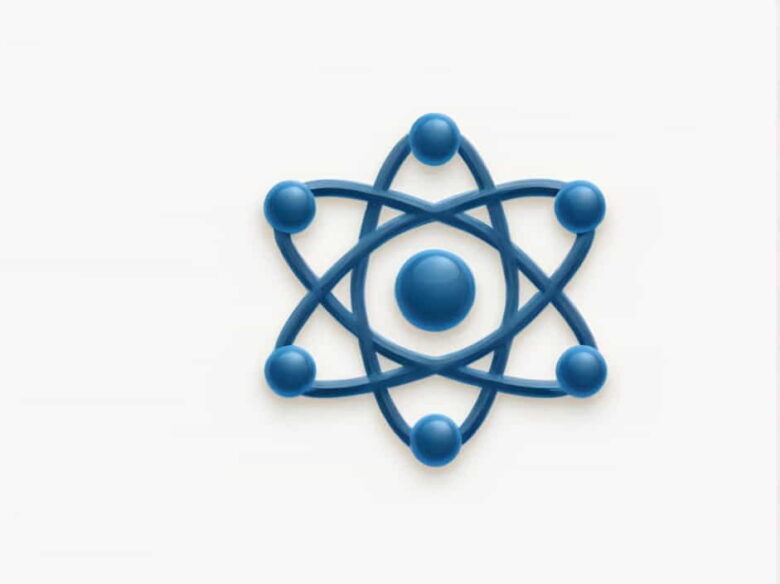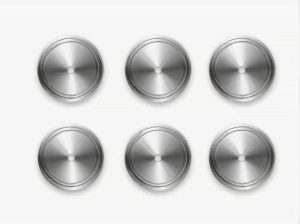Samarium is a chemical element with unique properties and important applications in various industries. Understanding the atomic structure of samarium, including its number of protons, is crucial for grasping its behavior in chemical and physical reactions.
This content explores the atomic composition of samarium (Sm), including its protons, neutrons, and electrons, along with its significance in science and technology.
1. What Is Samarium?
A. Basic Information About Samarium
Samarium is a lanthanide element found in the periodic table with the symbol Sm and atomic number 62. It belongs to the group of rare earth elements, which are highly valuable due to their unique magnetic and chemical properties.
B. Key Properties of Samarium
- Atomic number: 62
- Atomic mass: Approximately 150.36 atomic mass units (amu)
- Chemical symbol: Sm
- Group: Lanthanides (f-block)
- Density: 7.52 g/cm³
- Melting point: 1072°C (1962°F)
- Boiling point: 1900°C (3452°F)
The atomic number of samarium is 62, which directly tells us the number of protons in the nucleus of each samarium atom.
2. How Many Protons Does a Samarium Atom Have?
A. Understanding Atomic Number and Protons
The atomic number of an element represents the number of protons in its nucleus. Since samarium has an atomic number of 62, it contains 62 protons in every atom.
B. Protons and Chemical Identity
The number of protons determines an elements identity. If an atom has 62 protons, it must be samarium. Changing the number of protons would create a different element.
C. Protons and Atomic Stability
- Protons are positively charged particles found in the atomic nucleus.
- They contribute to the mass of the atom and help balance the negative charge of electrons.
- The stability of samarium depends on the interaction between its protons and neutrons.
Every samarium atom has exactly 62 protons, no matter the isotope.
3. Neutrons and Electrons in a Samarium Atom
A. How Many Neutrons Does Samarium Have?
While the number of protons is always 62, the number of neutrons can vary depending on the isotope of samarium.
Some common isotopes of samarium include:
- Samarium-144: 62 protons, 82 neutrons
- Samarium-147: 62 protons, 85 neutrons
- Samarium-148: 62 protons, 86 neutrons
- Samarium-149: 62 protons, 87 neutrons
- Samarium-150: 62 protons, 88 neutrons
- Samarium-152: 62 protons, 90 neutrons
- Samarium-154: 62 protons, 92 neutrons
Each isotope has 62 protons but differs in the number of neutrons, which affects the atomic mass.
B. How Many Electrons Does Samarium Have?
In a neutral samarium atom, the number of electrons equals the number of protons, which is 62.
These electrons are arranged in electron shells around the nucleus:
- 1st shell: 2 electrons
- 2nd shell: 8 electrons
- 3rd shell: 18 electrons
- 4th shell: 24 electrons
- 5th shell: 8 electrons
- 6th shell: 2 electrons
Electrons determine the chemical reactivity of samarium, influencing how it bonds with other elements.
4. The Role of Samarium in Science and Technology
A. Uses of Samarium in Modern Industry
Samarium is a versatile element with applications in:
- Magnets Samarium-cobalt (SmCo) magnets are used in high-performance motors, headphones, and aerospace components.
- Nuclear Reactors Some isotopes of samarium, such as samarium-149, absorb neutrons and are used in reactor control rods.
- Medicine Samarium-153 is used in radiation therapy to treat bone cancer.
- Lasers and Optics Samarium compounds are used in infrared lasers and optical glass.
B. Samariums Magnetic Properties
Samarium exhibits strong magnetic properties, making it valuable for permanent magnets that withstand high temperatures better than neodymium magnets.
5. How Samarium Is Found and Extracted
A. Natural Sources of Samarium
Samarium is not found in its pure form in nature but occurs in rare earth minerals, such as:
- Monazite
- Bastnäsite
B. Extraction and Refining
The process of extracting samarium involves:
- Mining rare earth ores
- Separating samarium from other lanthanides using chemical processes
- Purification and conversion into useful forms, such as oxides or alloys
6. Is Samarium a Common Element?
A. Rarity and Abundance
Samarium is classified as a rare earth element, but it is more abundant than some other rare earths, including lutetium and thulium.
B. Availability and Supply
- Samarium is primarily mined in China, the United States, Australia, and India.
- The demand for samarium has grown due to its use in advanced technology and clean energy.
7. Summary of Key Facts About Samarium
| Property | Value |
|---|---|
| Atomic Number | 62 |
| Number of Protons | 62 |
| Number of Electrons (Neutral Atom) | 62 |
| Common Isotopes | Sm-144, Sm-147, Sm-149, Sm-152, Sm-154 |
| Magnetic Use | Strong magnets (Samarium-Cobalt) |
| Industrial Uses | Nuclear reactors, medical treatments, lasers, electronics |
8.
Samarium is a fascinating element with significant scientific and industrial importance. The number of protons in a samarium atom is 62, which defines its identity as an element. Along with its electrons and varying neutron counts, samariums atomic structure influences its chemical behavior and applications.
This rare earth element plays a crucial role in technology, from magnets and nuclear energy to medicine and optical devices. As the demand for advanced materials grows, samarium continues to be an essential element in modern industry and scientific research.



